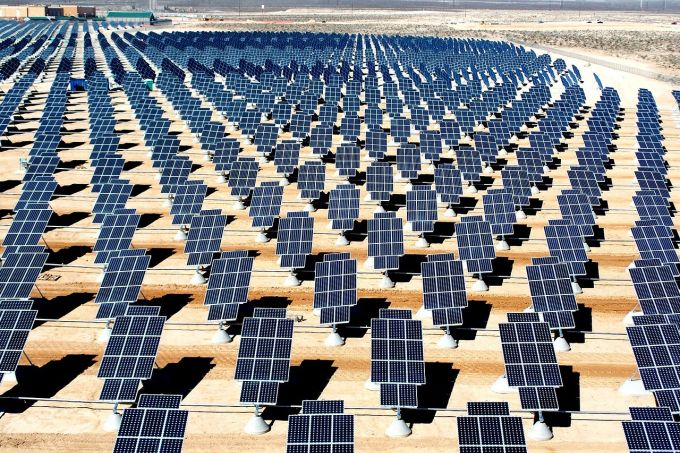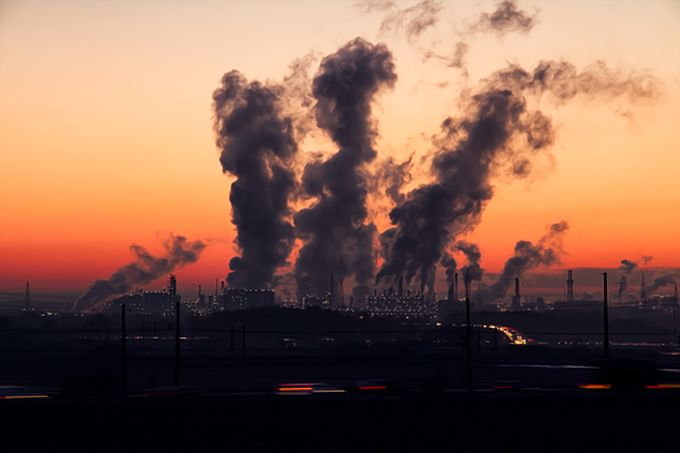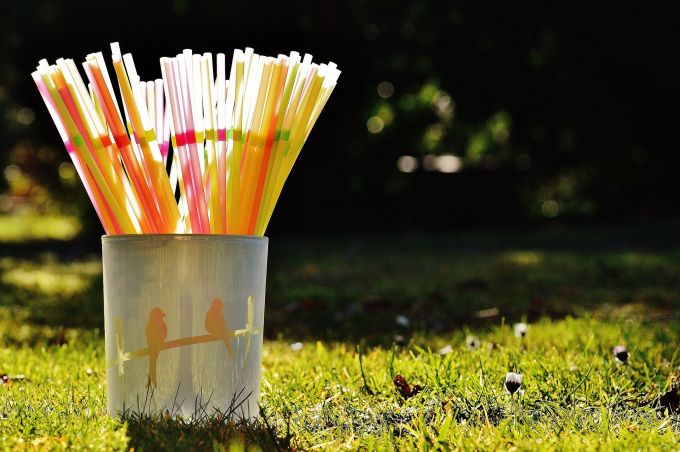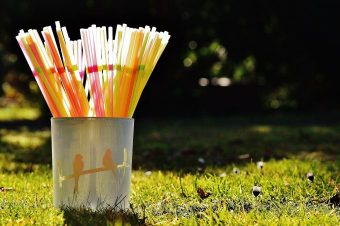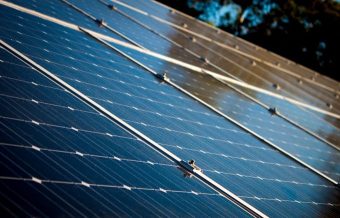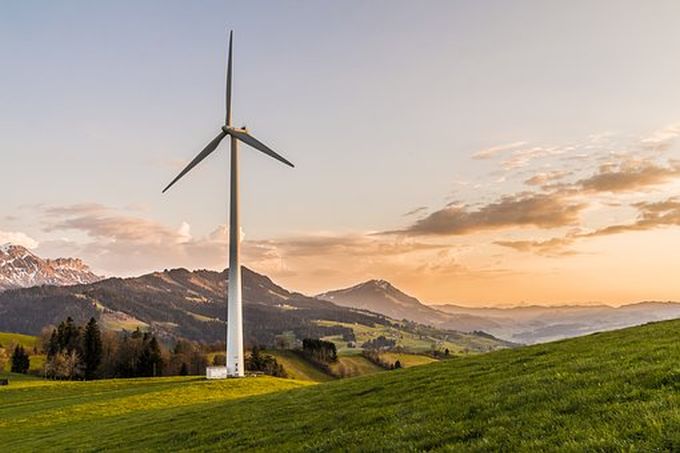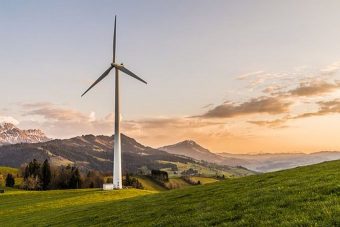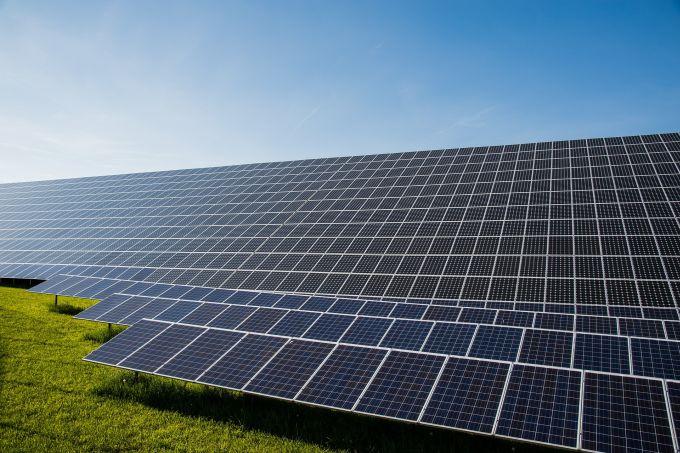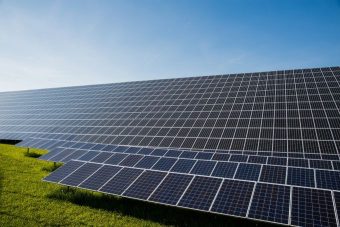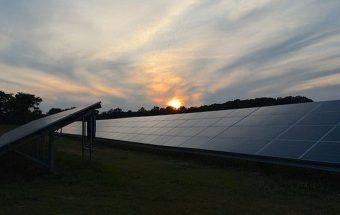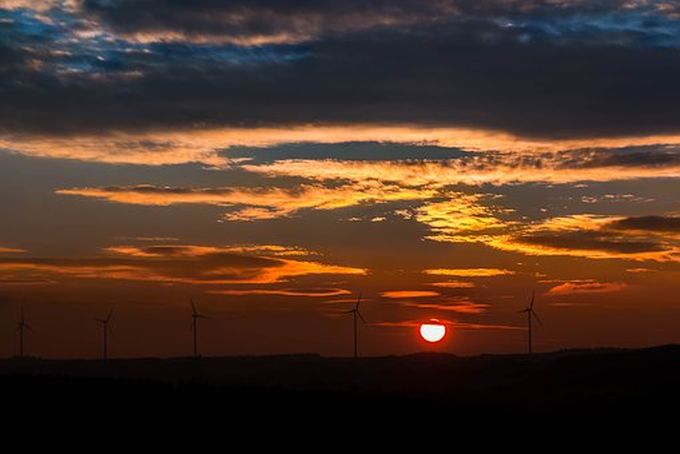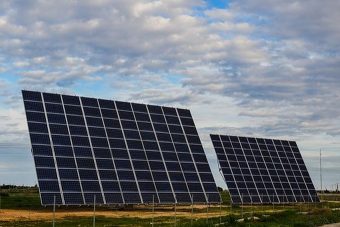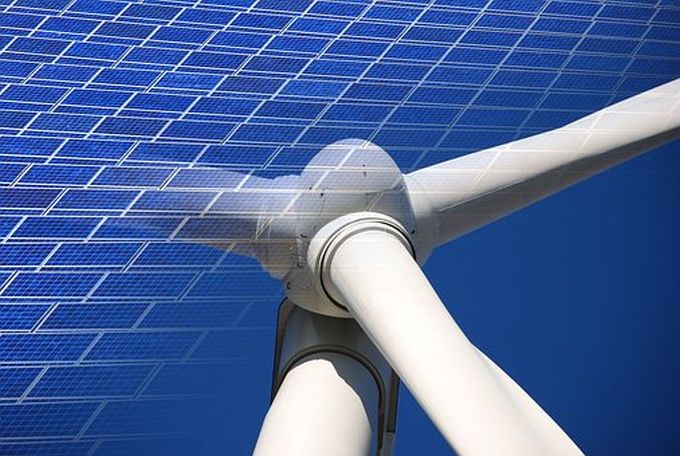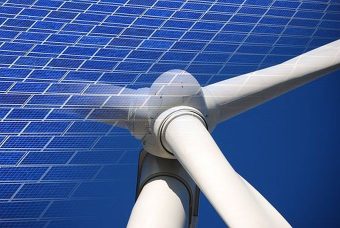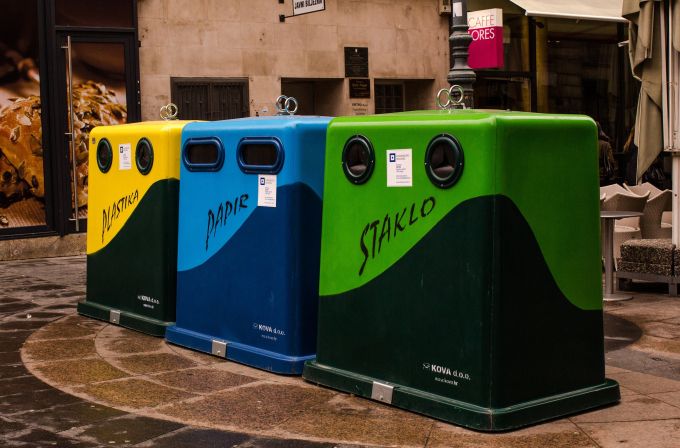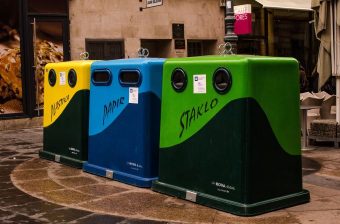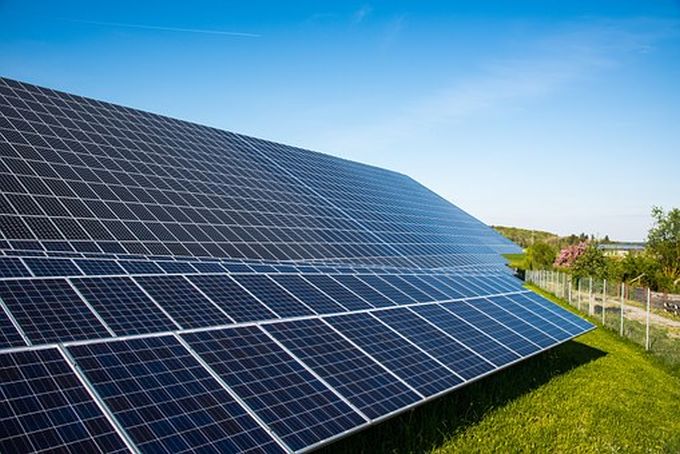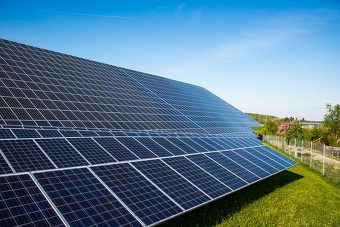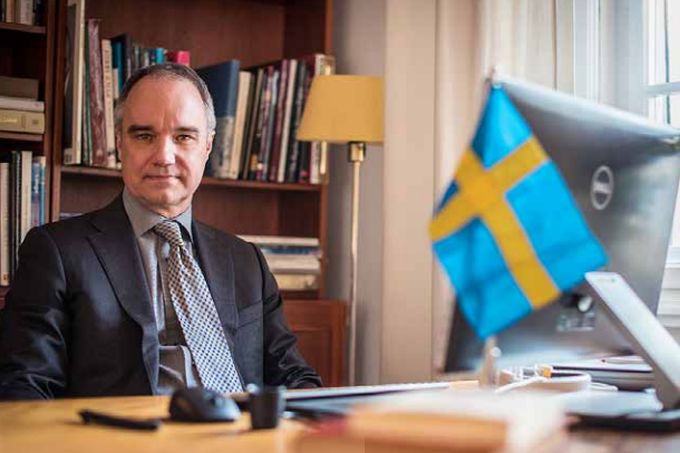
The first utility-scale solar power facility in Egypt will be provided by General Electric and feature the company’s 1,500 volt inverters. Thanks to a new government-sponsored feed-in tariff policy, Egypt is rapidly becoming a focus of solar power in the region. Because of that, General Electric Power Conversion, a division of GE, will build a 50 megawatt solar power plant for the Egyptian Electricity Transmission Company (EETC). GE will provide both the equipment and the financing for the project, which will generate enough power for up to 15,000 homes.
Lamya Yousef, an executive at EETC, says that Egypt’s New & Renewable Energy Authority (NREA) has set a target of generating 20% of its energy from renewable sources by the year 2020. Solar will play a vital part in meeting that objective. “In order to achieve the government’s renewable target, it requires partners that have strong financing capacity and technology expertise,” says Sabri Asfour, general manager at FAS ENERGY. “We are impressed to find GE as a reliable partner that embodies both capabilities. Furthermore, Egypt is an excellent market for the renewable projects, FAS is expanding our investment portfolio to install on their roof top and car park as well. Now FAS ENERGY already signed a few PPA’s in Pakistan and Saudi Arabia.”
This will be GE’s first full turnkey contract for a solar power plant. Azeez Mohammed, CEO of GE Power Conversion, notes that taking an integrated approach helps limit risk and and enhance reliability and revenues. “With the digital technology coming as the next piece among our solar solution portfolio, we are committed to building tomorrow’s solar farms that are set to bring greater efficiency and productivity.”
General Electric’s 1,500 volt high-efficiency inverters help improve annual energy production, leading to increased project revenues. The integrated system will result in 3% lower system costs and reduce maintenance costs by 15% compared to 1,000 volt systems. They also help reduce costs associated with infrastructure, deployment, and operation expenditures.
GE will be responsible for obtaining the solar modules, trackers, and cables needed to create the completed system. It will also be responsible for the civil, mechanical, and electrical engineering solutions needed to ensure the successful asset deployment and commissioning of the power plant, in addition to providing a favorable financing program to assist EETC in getting the project funded and moving forward in a timely fashion.
Source: cleantechnica.com


